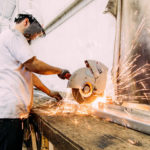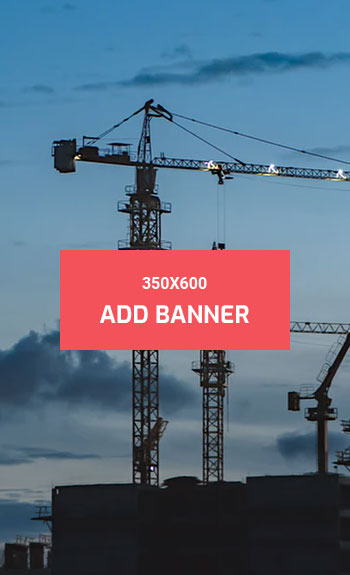Low Emission Burner Conversions & Upgrades

With the ever-increasing energy costs, most organizations are reexamining their fuel needs and coming up with various ways of accomplishing high efficiency without additional significant investment. Acquisition of new equipment can be a major capital outlay but it can be justified by the long-term savings to be garnered eventually. The efficiency of a burner is determined by the amount of energy turned into heat compared to the amount that is lost. If the amount lost is high, it denotes inefficiency and hence necessitates low emission burner upgrades.
Improved efficiency
Due to improved technology, the market has seen the development of high efficiency burners with lower emissions. Technology has led to the production of burners with a higher turndown ranging between 4:1 and 10:1 depending on the design of the burner. This means that the burner turns to meet the necessary demand. An efficient industrial burner should have a downturn ration of above 10:1 and comes with a perfect control of fuel and oxygen ratio.
Controlling air levels
Low emission burner upgrades come with an ability to reduce air levels. A high proportion of oxygen often leads to reduced efficiency in combustion. When it comes to burner conversions, if adequate amount of air is not pumped when the oxidation process is going on, the remaining fuel and carbon dioxide will eradicate the remaining stack hence leading to environmental pollution and the spoiling of the boiler surfaces. On the other hand, allowing too much air during the combustion process leads to decreased efficiency, as too much energy will be channeled to heat the excess air.
Best burners
The best burner is that which provides low maintenances and efficient performances. Low emission burner conversions deliver an unmatched superior reliability. While efficiency is crucial, today’s regulations opine that it should have adequate emissions reduction. One of the greatest pollutants is NOx, which is often produced during the combustion. During a normal combustion, there is a generation of around 120 ppm of this pollutant against a requirement by most authorities that it be restrained below 30 ppm. For organizations that have the old inefficient burners, which cannot regulate to the required levels of NOx the solution lies in a new acquisition. Low emission burner upgrades however can deliver similar results at reduced costs.





